Learn Thai from a White Guy has both an amazing name, and an amazing business. In just a few years, it’s gone from startup to the #1 Thai language learning course in the world. The course generates over $100,000 per year, using marketing strategies that need very little management.
I had the opportunity to sit down with Brett to learn a bit more about how he runs his business, and how he gets his customers.
The system and the funnel are fairly simple and straightforward, and extremely effective. Let’s take a look.
How to Market an Online Language Learning Class
Learn Thai from a White Guy uses several key marketing channels. We’ll explore:
- Introduction, and SEO
- Google AdWords
- Google Display Network
- Facebook Ads
- Getting email addresses from visitors
- Autoresponder series
- Using a quiz to increase conversion rate
- Marketing benchmarks and metrics
Getting Started
Before we go jump into the marketing, let’s take a quick look at the back story behind Learn Thai from a White Guy.
Brett first moved to Thailand in 2003. He started off teaching English, and quickly picked up Thai as well. By 2006, he was teaching private Thai lessons to westerners. Before long, he decided to package his classes into a digital version, and started selling them online.
He started by launching a blog, which got him to his first $500 a month. Then, once he started adding the marketing a few other marketing channels, his site quickly grew to six figures.
With that brief backstory covered, let’s take a look at how Brett was able to grow so quickly.
AdWords: The Most Effective Marketing Channel
The highest converting, highest volume, and highest ROI channel for Learn Thai From a White Guy is Google AdWords.
This makes sense: AdWords is the best way to find people with intent. In Thailand, the vast majority of foreigners aren’t interested in learning the local language. Most are just there to – well, travel or hang out.
His AdWords ads look something like this:

Improving ROI: Countries, Keywords, AdGroups
I asked Brett about the growth of his AdWords campaigns. What were they like when they were first launched started? Were they profitable right away? What did he test, and how did things improve over time?
It turns out, AdWords wasn’t profitable right out of the gate. Paid traffic seldom is. Instead, it was a process of iteration that gradually grew more and more profitable over time. From Day 1 it was clear that it would generate revenue; it just took some time before the revenue exceeded the ad spend.
Today their return on ad spend (ROAS) is over 60% – an extremely high return.
Here were a few of the major changes that helped him improve his CTR and Conversion Rate:
- Single Keyword Ad Groups (SKAGs). Ad Groups with just one keyword and just one match type. So a phrase match and an exact match for the same keyword would be broken out into separate ad groups.
- Starting with highly targeted keywords first. Avoiding “Learn Thai” and bidding on “Learn Thai Online” instead for example.
- Bidding on fewer keywords, but the more targeted ones, initially. Then broadening out once the ad copy and funnel were converting well already.
A Journey into Google Display network
Once Brett had spent a few thousand dollars, a Google rep contacted him about adding Google Display Network (GDN) to his traffic mix. It wasn’t an expensive test, so Brett went for it.
GDN was very effective for him at first, and almost doubled his traffic, while giving him a strong ROI. Over the last few years this channel has started to return a worse return, and he’s since then closed it down.
Facebook Ads
Facebook Ads is the new, cool kid on the block, but AdWords is still king. In 2016, Facebook Ads revenue brought in $27 billion vs AdWords’ $79 billion. Don’t get me wrong – I’m a big fan of Facebook Ads. But, in this case it seems like it hasn’t worked all that well for Brett.
With Facebook Ads, the only targeting Learn That from a White Guy could get is:
- Expats from a foreign country
- AND live in Thailand (or are interested in traveling to Thailand)
- AND are interested in language learning.
Unfortunately, you can’t target someone by their desire to learn a language. Facebook won’t know if you’ve already learned Thai, if you want to learn Thai, or if you have no interest at all. In this case, having the ability to target by intent rather than by demographics makes all the difference.
Facebook Ads did convert for Brett, but it was breakeven at best.
A Simple and Effective Sales Funnel
Here’s the journey their average user goes through:

First, users will land on the website through a paid traffic source, generally AdWords. They’ll land on an email capture page. Once they have the email, they’ll be entered into an email series with 20+ emails. If they buy, they’re removed from the series and added to the customer list. Otherwise, they keep getting emailed until they purchase.
Let’s take a look at each of these steps in turn.
Getting the Email Address
The AdWords landing page is a standard, single-page above the fold email capture box:

The email capture box has a simple offer: try 4 lessons for free.
I love the “Get Lessons” call to action box. Overall the page “feels” very inviting, like your friendly neighborhood professor. It doesn’t feel like a sales page.

The box is both clear and simple, and converts well.
The Email Series
Most of Brett’s customers will buy within the first two emails, but about 25% will take weeks or months to buy. The email follow up sequence helps build trust with customers over time.
The email series starts by giving customers exactly what they were promised – 4 free lessons. Then, over the course of the next few days and weeks, he continues to give them free tips on learning Thai.

The call to action in the email is to click the link to start learning.
Using a Quiz to Sell
Originally, the emails Brett sent would direct visitors to a text lesson.
Over time, he instead developed an interactive quiz. After installing the quiz, conversion rates increased by about 10%.

That’s the nuts and bolts of the funnel. It’s a pretty simple and straightforward AdWords funnel, which gathers a lead, and then converts that lead into a sale. Once the keywords, landing pages, and emails were tested and optimized, the marketing became fairly automated and hands-off.
Marketing Benchmarks and Metrics
Here were a few of the metrics Brett was able to share with us.
How percent of your email subscribers would convert into buyers?
12% of email signups from AdWords end up purchasing.
2% of email signups from Facebook Ads end up purchasing.
How long after the initial click before someone makes a purchase?
75% of the sales come within the first two emails.
25% of the sales come in the long tail, from email #3 to #40.
What’s a typical return on your ad spend?
Average ROAS is 65% on AdWords. Facebook is about break even.
Wrapup
Brett has set up an ideal lifestyle business for himself. He’s got automated marketing systems that requires very little maintenance. Every once in a while he tests new things – such as new Facebook Ads – but, for the most part it runs itself.
What strategies have you found for “set it and forget it” marketing? Share in the comments below!
Ian Luck
Founder, MarketingStrategy.com

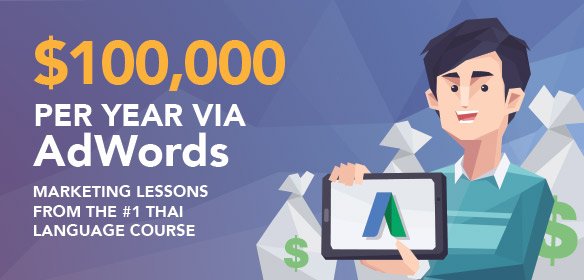


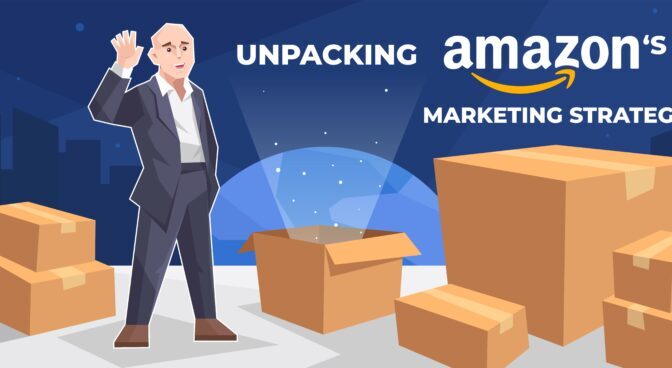
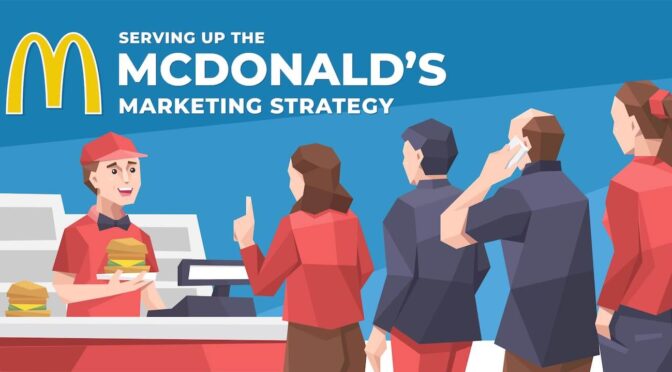
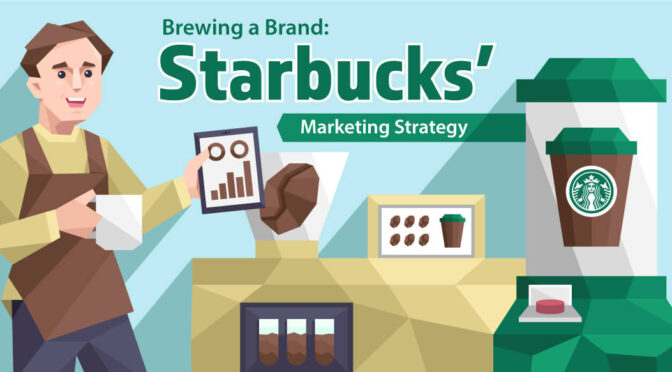
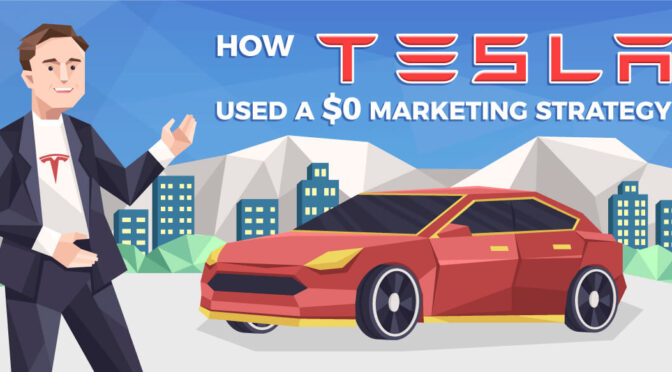











This web site rocks
nice article on google adword marketing campaign.
Your style is really unique compared to other folks I have read stuff from.
Thank you for posting when you’ve got the opportunity, Guess I’ll just bookmark this site.
I enjoy the article
Title
ConsultantSpecialties
This is the dream! Create an automated passive income powerhouse, nice work guys…great read!